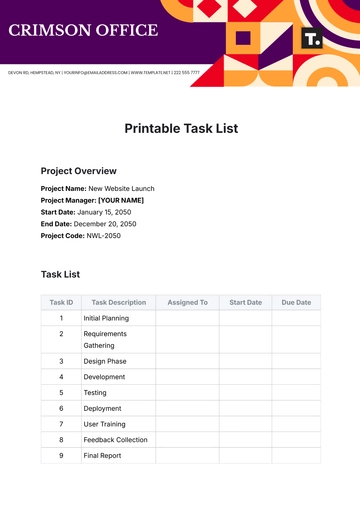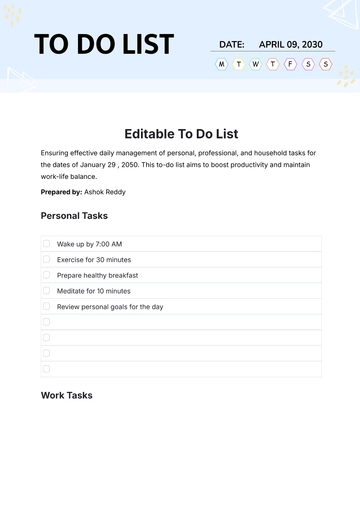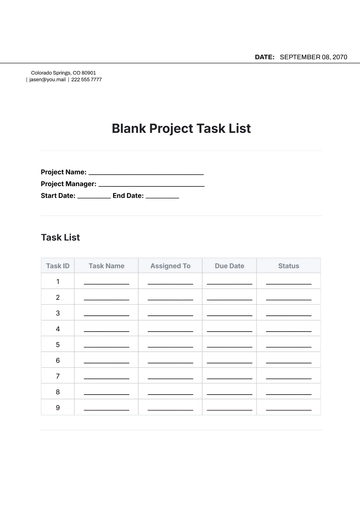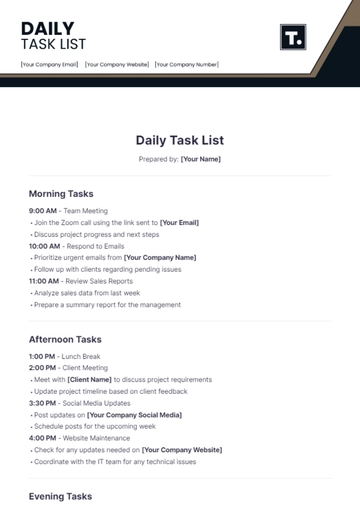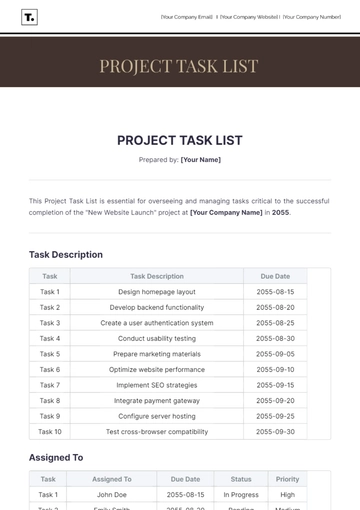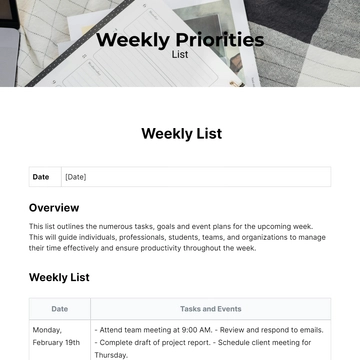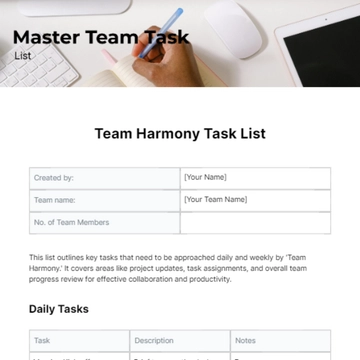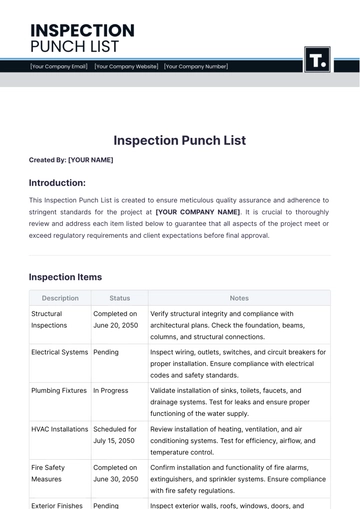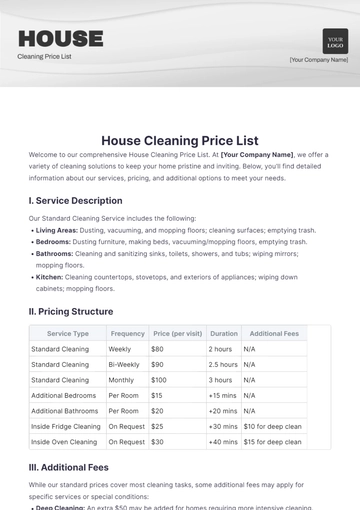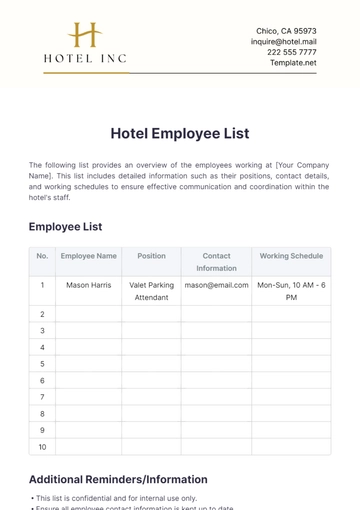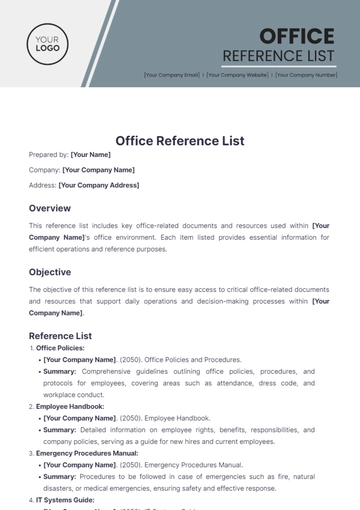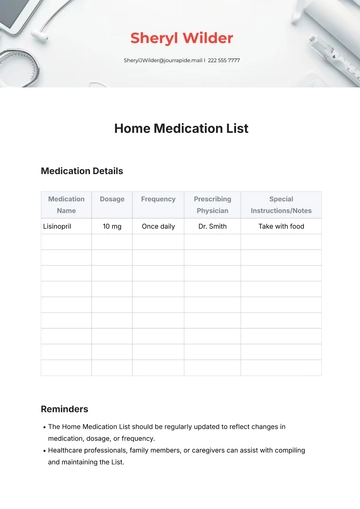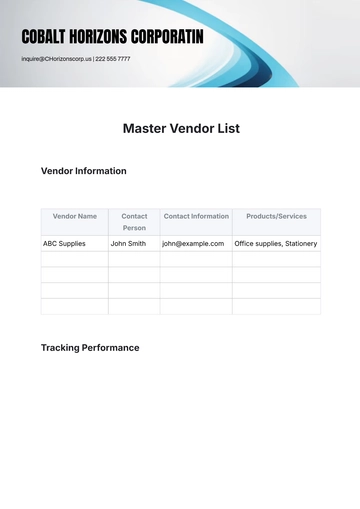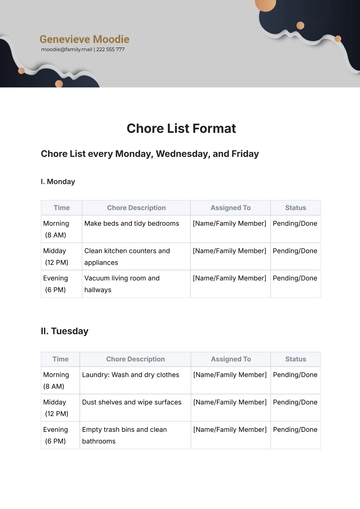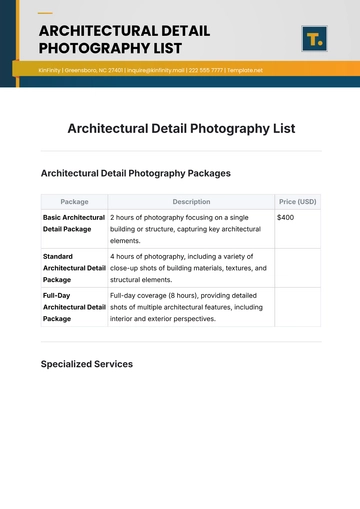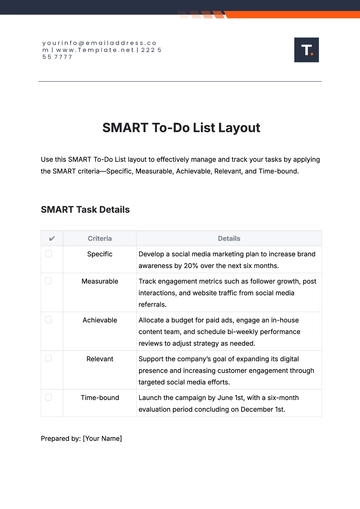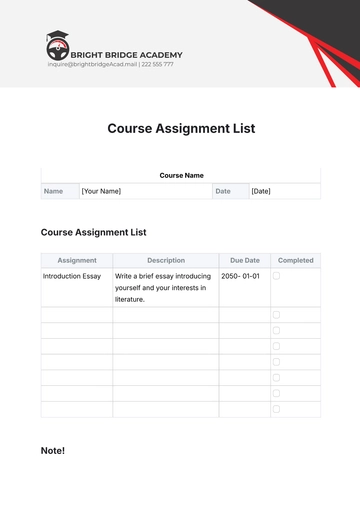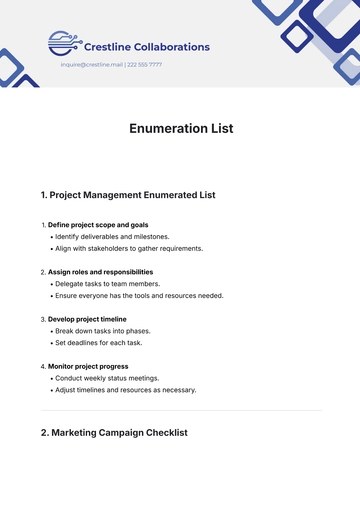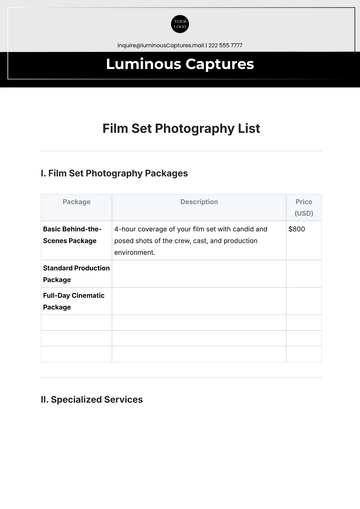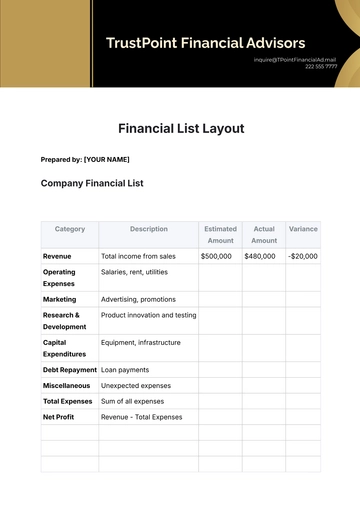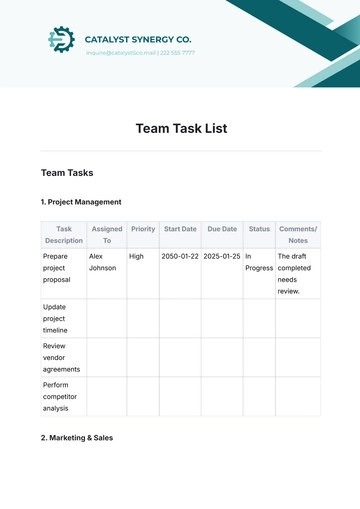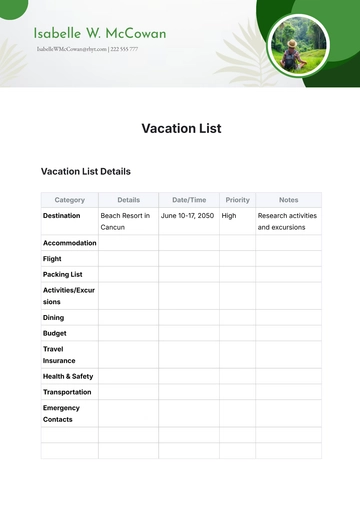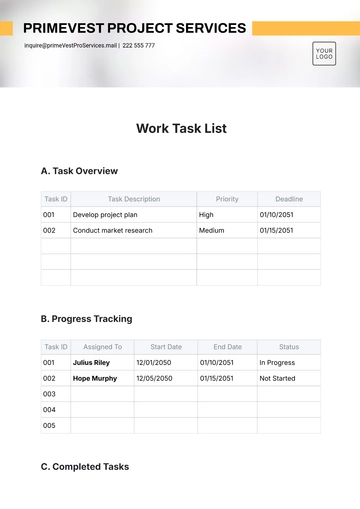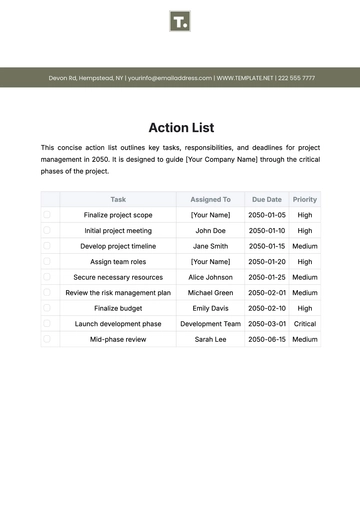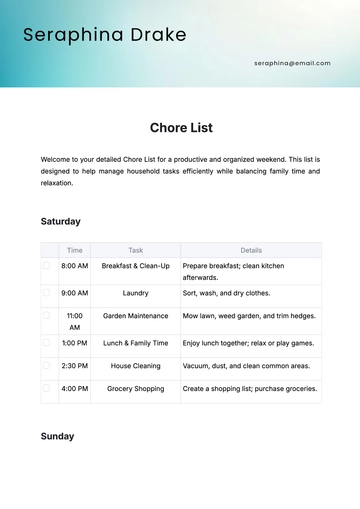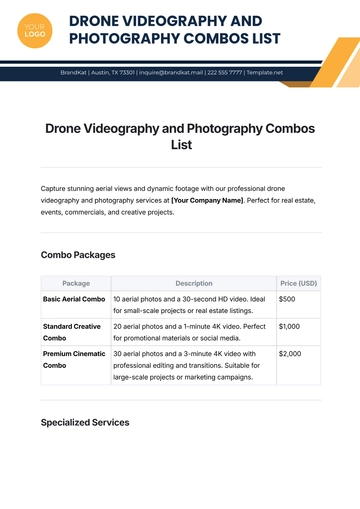Free Email Marketing Document on List Segmentation
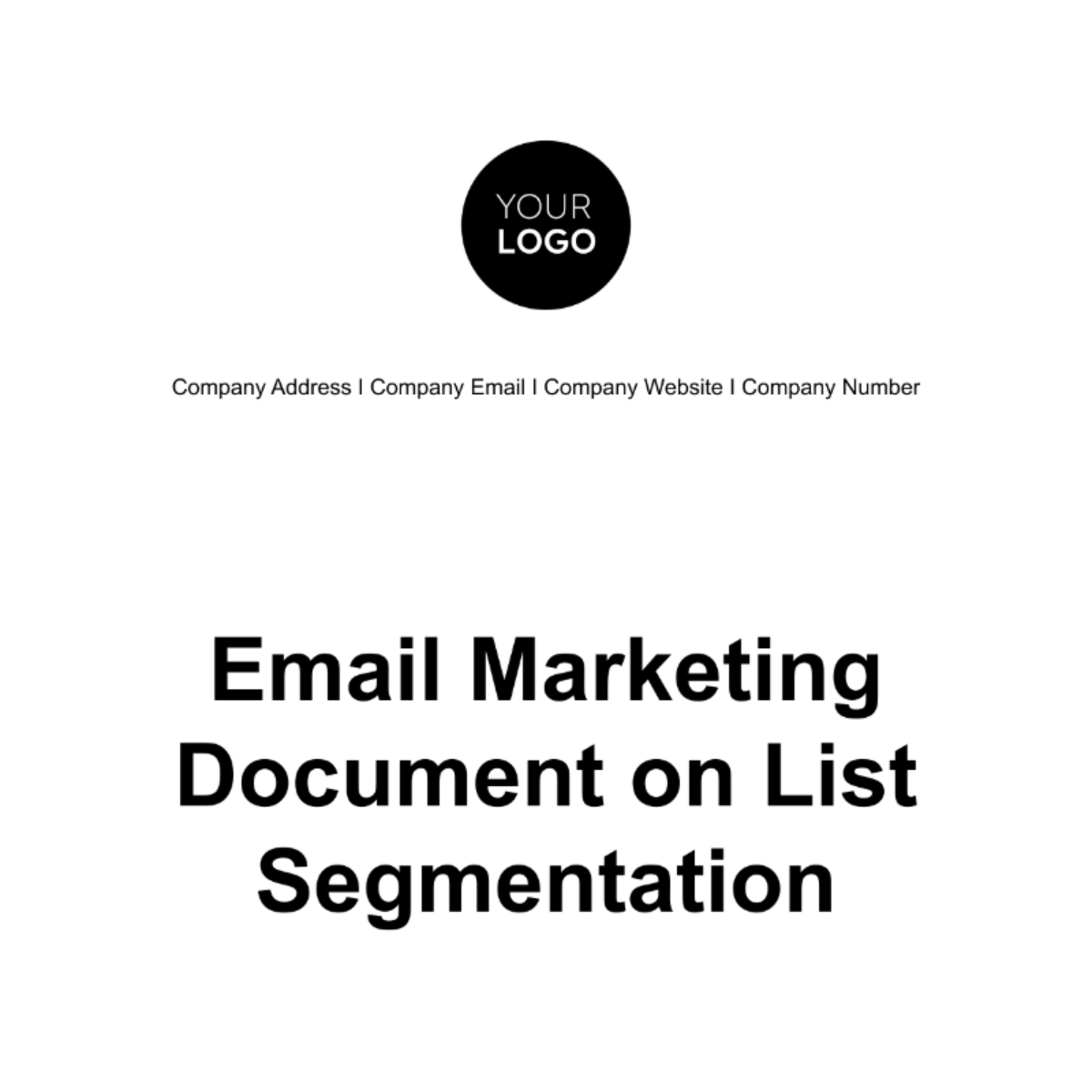
1. Introduction
Welcome to our comprehensive Email Marketing Document on List Segmentation. This document is designed to be your strategic compass, guiding you through the intricacies of optimizing email marketing campaigns through the implementation of highly effective list segmentation strategies. By engaging in the meticulous process of tailoring your messaging to distinct segments within your audience, you have the power to significantly amplify engagement and drive remarkable results.
Effective list segmentation is not merely a practice; it is a dynamic strategy that enables you to transform your email marketing efforts from generic mass communication to highly personalized and resonant interactions with your subscribers. This document will provide you with the insights, frameworks, and actionable steps needed to master the art of list segmentation.
2. List Segmentation Criteria
In this pivotal section, we will methodically outline the criteria that will be the foundation for segmenting our email list. These criteria are the lenses through which we will view and categorize our audience, ensuring that our segmentation is both meaningful and actionable. Our segmentation criteria encompass:
Demographics: Within this category, we will consider variables such as age, gender, and geographical location. Understanding the demographic composition of our subscribers provides the groundwork for crafting tailored messages that resonate deeply with each group.
Behavior: Our segmentation strategy relies on observing and analyzing the behavior of our subscribers. We will segment based on a subscriber's past purchase history, including the frequency and value of their purchases, as well as their activity on our website. By understanding how our subscribers interact with our brand, we can craft messages that align with their interests and needs.
Engagement: Engaging our audience effectively requires continuous monitoring of key metrics. We will closely track email open rates, click-through rates, and unsubscribe rates to gauge engagement levels within our segments. By doing so, we can adapt our messaging and content strategies to cater to the preferences and behaviors of each segment.
Our commitment to the meticulous application of these criteria is pivotal to the success of our email marketing campaigns. It's not about reaching every subscriber with the same message; it's about delivering the right message to the right audience at the right time.
3. Segment Descriptions
Now, let's delve into comprehensive descriptions of our primary segments, gaining a deeper understanding of their characteristics and the opportunities they present:
Segment A: Recent Purchasers | |
Description: | Segment A comprises subscribers who have made a purchase in the last [00] days. These subscribers are the heartbeat of our active customer base, demonstrating a high degree of engagement and interest in our offerings. |
Size: | Our estimate places this segment at an impressive [00,000] subscribers, signifying a substantial pool of active customers. |
Key Attributes: | Characterized as frequent buyers, Segment A represents high-value customers who not only engage with our products but also show a propensity for repeat purchases. They are an ideal target for promotions, cross-selling, and loyalty-building initiatives. |
Segment B: Newsletter Subscribers | |
Description: | Segment B is composed of subscribers who have willingly opted to receive our monthly newsletter. This segment values informational content and seeks regular updates about our offerings. |
Size: | Segment B is a substantial base, consisting of approximately [00,000] subscribers who have expressed their interest in staying informed. |
Key Attributes: | Subscribers in Segment B are actively engaged with our content. They seek knowledge and updates, making them receptive to educational articles, product announcements, and exclusive insights. Building a rapport with this segment can foster brand loyalty and keep them informed about our latest developments. |
These segment descriptions provide a solid foundation for crafting targeted messages that resonate with the unique characteristics and preferences of each audience subset. With these insights, we can move forward with confidence, knowing that our campaigns will effectively connect with our diverse subscriber base.
4. Segment Size
In our journey to execute data-driven marketing campaigns, understanding the relative size of each segment is paramount. By grasping the scale of each segment, we can strategically allocate our resources for maximum impact:
Segment A: This dynamic segment boasts approximately [00,000] subscribers, making it a sizable group of engaged customers who have recently interacted with our brand. It represents a focused and high-potential audience.
Segment B: In contrast, Segment B emerges as a significantly larger group, consisting of around [00,000] subscribers. With its substantial reach, this segment offers extensive opportunities for broader engagement and brand exposure.
As we proceed, the nuanced knowledge of segment size will enable us to craft tailored campaigns that cater precisely to the needs and interests of each group.
5. Campaign Goals
Our campaign objectives are meticulously crafted to align with our overarching business goals. Each goal is an actionable step toward our mission of delivering exceptional value to our subscribers:
A. Goal 1: Achieve a [00]% Increase in Sales within Segment A
This goal underscores our commitment to nurturing the relationship with Segment A, our recent purchasers. By delivering compelling offers and personalized recommendations, we aim to foster loyalty and drive a notable 15% increase in sales within this high-value segment.
B. Goal 2: Generate a [00]% Growth in Website Traffic from Segment B
Segment B, our newsletter subscribers, craves informative and educational content. Our goal here is to captivate their interest, leading to a substantial [00]% growth in website traffic. We will achieve this by delivering captivating articles, newsletter highlights, and valuable insights that resonate with their desire for knowledge and updates.
These goals are not mere aspirations; they are strategic imperatives that will guide our efforts throughout the campaign, ensuring that every action we take is purposeful and outcome-oriented.
6. Content Strategy
The foundation of successful list segmentation lies in our ability to tailor content strategies to the unique needs and preferences of each segment. Our content strategy is the linchpin that transforms our goals into actionable campaigns:
A. Segment A: Tailored Promotions, Product Recommendations, and Exclusive Offers
For our recent purchasers in Segment A, we recognize their affinity for our brand and products. As such, we will deliver a stream of carefully crafted promotions, personalized product recommendations, and exclusive offers. These initiatives aim to not only boost sales but also enhance their overall brand experience, fostering loyalty and repeat engagement.
B. Segment B: Informative and Educational Articles, Along with Highlights of Our Monthly Newsletter
Segment B, comprising our newsletter subscribers, values knowledge and regular updates. To fulfill their expectations, we will provide a rich tapestry of informative and educational articles that align with their interests. Additionally, we will curate and share highlights from our monthly newsletter, ensuring they stay informed about our latest developments and offerings.
Our content strategy is more than just delivering messages; it's about creating valuable, resonant experiences that establish deeper connections with our audience. With these strategies in place, we are poised to deliver impactful campaigns that drive results while enriching our subscribers' journey with our brand.
7. Personalization
Our commitment to personalization extends beyond generic email communication. We aim to create authentic, one-to-one connections with our subscribers through the following strategies:
Segment A: In this segment, we'll go the extra mile to make our subscribers feel valued. We'll utilize their names and make reference to their recent purchases, fostering a sense of personal connection. By acknowledging their preferences and past interactions, we aim to build trust and reinforce their loyalty.
Segment B: Addressing subscribers by their first name is a simple yet powerful way to ensure a warm and personalized touch. It signifies that we value their individuality and appreciate their role in our community. This personalized approach will make them feel more engaged and connected to our brand.
By employing these personalization tactics, we transform our emails from generic messages into meaningful conversations, strengthening the bond between our brand and our subscribers.
8. Sending Schedule
Timeliness and consistency in our email communication are pivotal to ensuring optimal engagement and outreach. Our carefully planned sending schedules are designed to maximize the impact of our campaigns:
Segment A: To effectively engage this segment, we've determined that sending emails on Tuesdays and Thursdays at 10 AM aligns with their active periods. This timing ensures that our messages reach them when they are most likely to be receptive and responsive.
Segment B: For our newsletter subscribers in Segment B, we will dispatch our newsletter on the first Monday of each month. This consistent monthly schedule offers a reliable source of information and keeps them eagerly anticipating our valuable content.
Our sending schedule isn't just about convenience; it's a strategic choice that optimizes the chances of our emails being noticed, opened, and acted upon.
9. Testing and Optimization
Continuous improvement is at the core of our email marketing strategy. We are committed to refining and optimizing our campaigns for maximum impact through rigorous A/B testing within each segment:
Segment A: We will conduct rigorous testing of subject lines and email content to ensure that every message resonates with our recent purchasers. By analyzing the data and fine-tuning our approach, we will maximize open rates, click-through rates, and conversion rates within this segment.
Segment B: Experimentation is key in Segment B. We'll explore various newsletter formats and content structures to gauge what resonates best with our newsletter subscribers. Through data-driven insights, we will adapt and refine our content strategy to keep them engaged and informed.
Our dedication to testing and optimization ensures that our campaigns remain dynamic and responsive, delivering consistent improvements that align with the evolving needs and preferences of our subscribers.
10. Metrics and KPIs
The effectiveness of our email marketing campaigns hinges on our ability to measure and analyze key performance indicators (KPIs). These metrics provide invaluable insights into campaign performance, allowing us to fine-tune our strategies for optimal results:
Segment A: For our recent purchasers, we will closely monitor a trio of vital KPIs:
Open Rates: Tracking how many recipients open our emails.
Click-Through Rates: Measuring the rate at which recipients click on our email links.
Conversion Rates: Calculating the percentage of recipients who take desired actions, such as making a purchase or signing up for a webinar.
Segment B: In Segment B, our focus shifts to newsletter engagement metrics, which include:
Click Rates: Assessing how often links within our newsletters are clicked.
Content Popularity: Identifying the articles or content pieces that resonate most with our subscribers.
These KPIs serve as our compass, guiding us in making informed decisions and adjustments to optimize our campaigns for each segment.
11. Automation and Workflow
Efficiency and consistency are hallmarks of successful email marketing campaigns. Our campaigns will leverage automation and workflows to ensure seamless and timely interactions with our subscribers:
Segment A: Within this segment, we are implementing automated follow-up emails. This includes personalized product recommendations based on the subscriber's past purchases. Additionally, we will deploy automated cart abandonment reminders to recapture potential sales. This automated workflow ensures that we stay top-of-mind and provide relevant offers to our recent purchasers.
Segment B: For our newsletter subscribers in Segment B, we will deploy drip campaigns. These campaigns are designed to deliver valuable content and updates over time, nurturing subscriber engagement. Automation will also handle subscription management, ensuring that subscribers receive content tailored to their preferences and interests.
Automation not only reduces manual workload but also guarantees that our subscribers receive timely, relevant, and consistent communication, enhancing their overall experience with our brand.
12. Reporting and Analysis
Our journey towards email marketing excellence doesn't conclude with the send button. Continuous improvement relies on diligent reporting and analysis, enabling us to evolve and adapt to changing subscriber preferences and market dynamics:
Segment A: Weekly performance reviews in Segment A are a fundamental part of our strategy. These reviews help us identify trends, successes, and areas for improvement. We follow up with personalized communications to engage further with recent purchasers, deepening their connection with our brand.
Segment B: Monthly newsletter engagement analysis in Segment B is a comprehensive process. We scrutinize click rates, content popularity, and subscriber feedback. These insights drive content refinement and ensure that our newsletter aligns with subscriber interests.
Our reporting and analysis process is an ongoing commitment to excellence, ensuring that we remain agile and responsive in our email marketing efforts, delivering ever-improving experiences to our subscribers.
Marketing Templates @ Template.net
- 100% Customizable, free editor
- Access 1 Million+ Templates, photo’s & graphics
- Download or share as a template
- Click and replace photos, graphics, text, backgrounds
- Resize, crop, AI write & more
- Access advanced editor
Discover the Email Marketing Document on List Segmentation Template on Template.net! This editable and customizable resource simplifies list segmentation strategies. Tailor it effortlessly to your needs using our Ai Editor Tool. Enhance targeting and engagement with this adaptable template. Elevate your email marketing campaigns with precision and efficiency.
